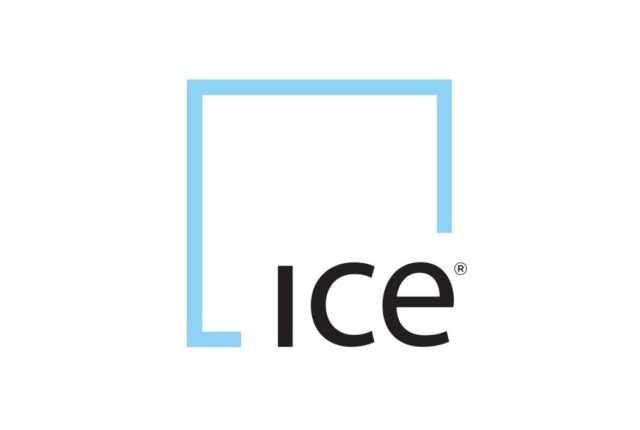MILAN – Arabica coffee futures in New York dropped more than 4% on Wednesday from a 3-1/2 week high hit in the previous session as fears over frost risk in top producer Brazil began to fade. The most active contract for July delivery closed down 960 points to 217.60 cents and fell below its 200-day moving average. July Robusta futures in London closed $41 down (-2%) to $2,063,
There were no strong frosts over Brazilian coffee, sugarcane and corn fields early on Wednesday as a cold front advanced through south-central areas of the country, weather forecasters reported.
Climatempo on Wednesday said that winds and clouds in Minas Gerais, Brazil’s largest arabica-growing region, prevented a severe drop in temperatures that removed the threat of frost from developing.
A second forecaster quoted by Reuters said current simulations were showing less intense cold than expected. It said there was still a small possibility of light frosts this week, but unlikely to bring damage to the trees.
Weather stations managed by Cooxupe showed that the lowest temperatures were above freezing point all over the South Minas Gerais region, Brazil’s main coffee belt.
Longer term though, the market will remain sensitive to weather developments given the fresh memory of last winter’s extensive frosts that severely damaged the crop and sent prices to decade highs.
The U.S. Governments National Weather Service’s Climate Prediction Centre have updated their forecast to report that following the La Niña climatic condition that has developed, there is subsequently, a 58% chance for a La Niña phenomenon weather pattern to develop through August to October 2022.
On the contrary, the Bureau of Meteorology of Australian Government said that most climate models indicate a return to neutral ENSO by the early southern hemisphere winter.
La Niña weather conditions are expected to increase towards the latter end of the year, with a 61% chance for these conditions to continue through to the end of the year.
The La Niña weather traditionally brings excessive rains to Colombia, Indonesia and Peru, while it can also influence dry conditions for the Arabica coffee districts in Southeast Brazil.










